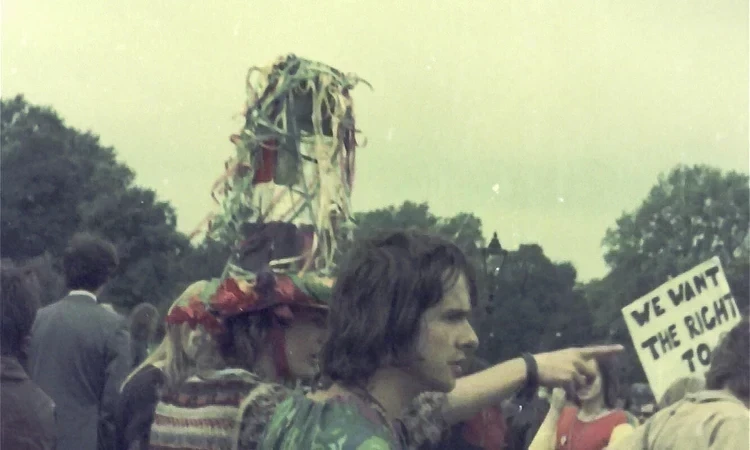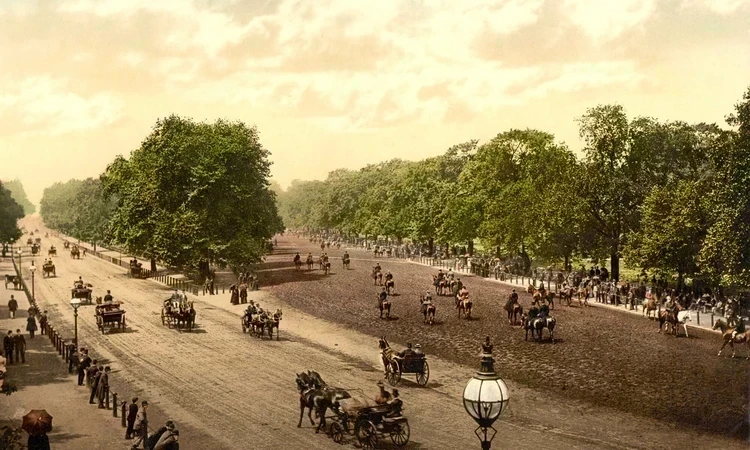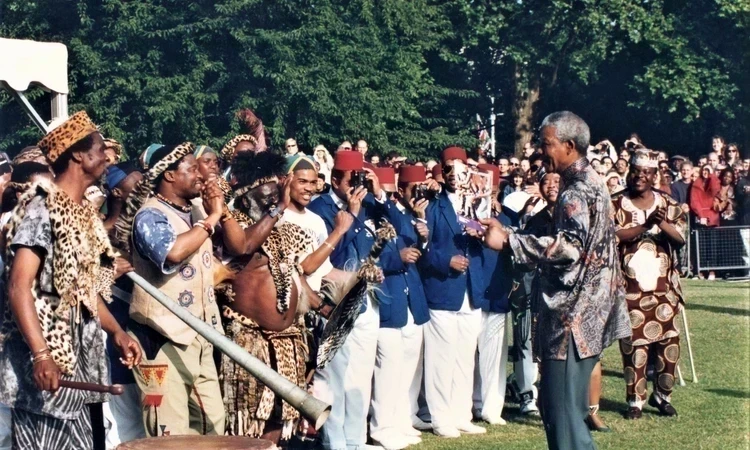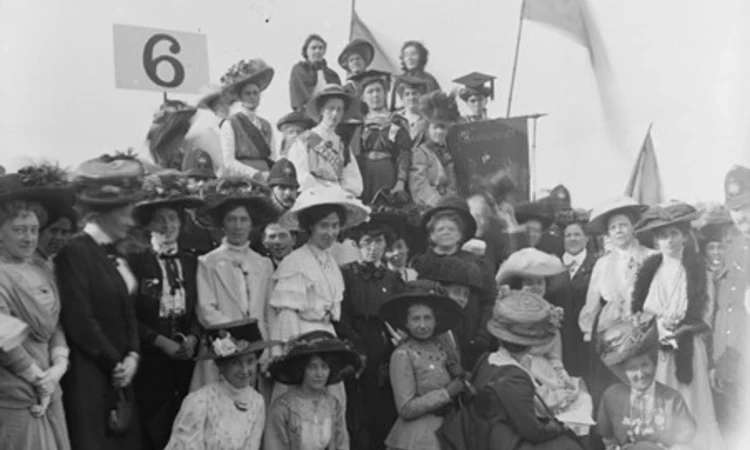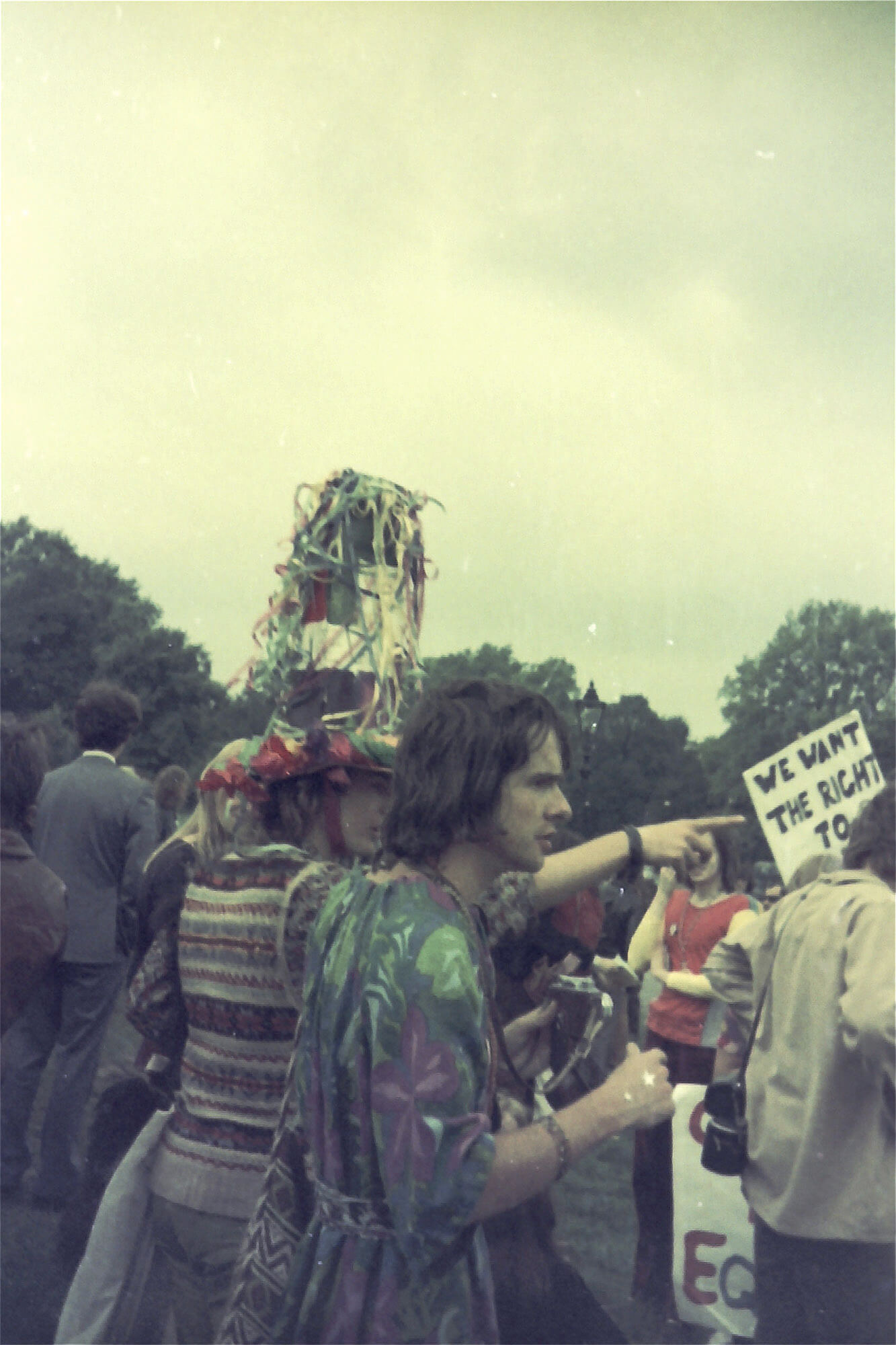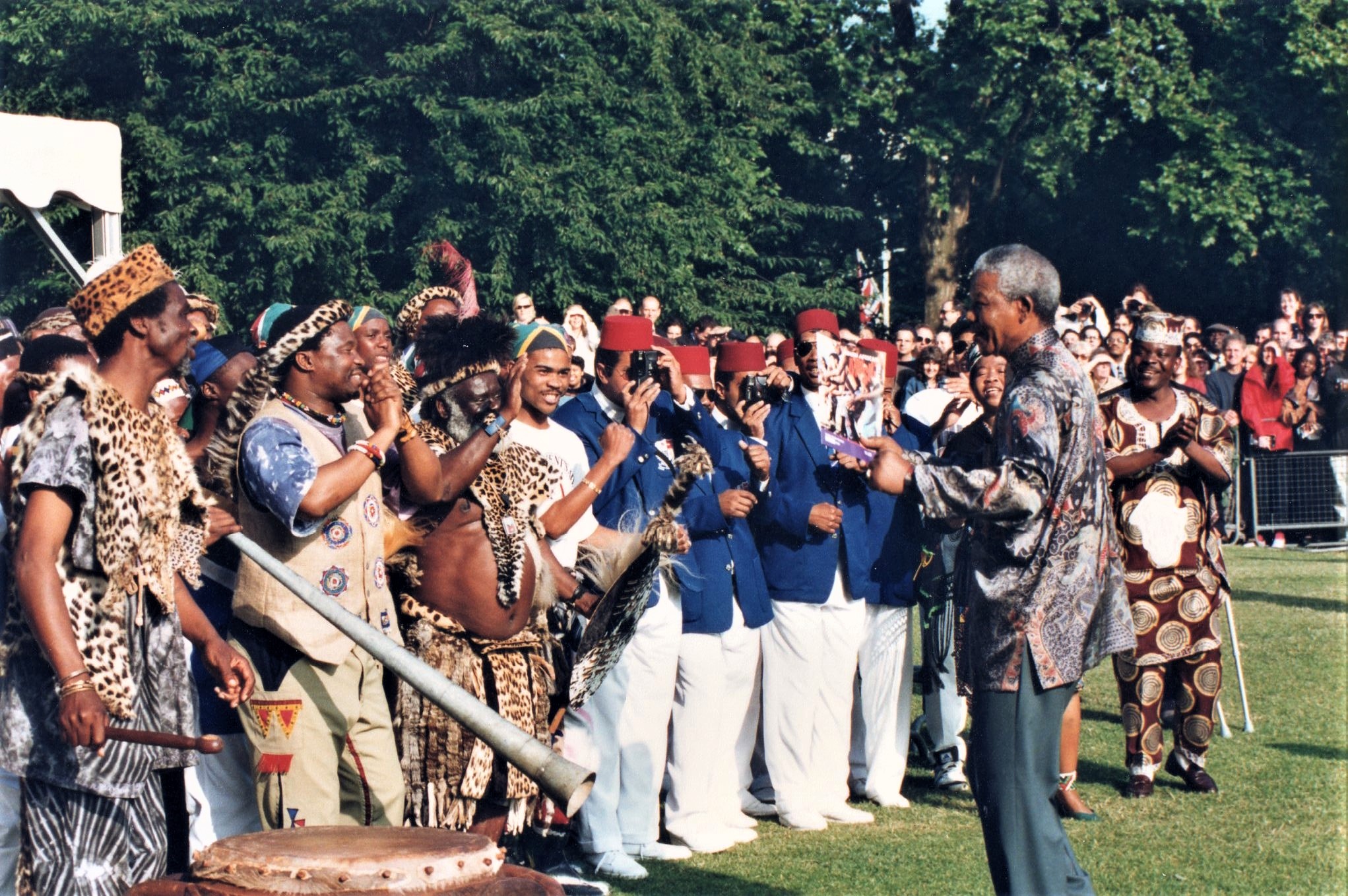
History of Hyde Park
Key information
Opening times (pedestrian gate)
5am - midnight
Food & drink available
Shop open 10am - 6pm, 7 days a week
Hyde Park is one of the world’s most famous parks. Known not just for its landscape and history but also as a cradle of free speech.
Hyde Park and the Tudors
King Henry VIII was a passionate sportsman. Not content with hunting at Greenwich Park and Richmond Park, in 1536 he also acquired the land that now forms Hyde Park from the monks of Westminster Abbey, adding it to his collection of hunting grounds.
But Hyde Park remained a private park until James I came to the throne in 1603 – he opened the gates to a well-heeled group of courtiers and socialites, making the park a rather exclusive club. This all changed in 1637 when King Charles I opened the park to the general public.
Hyde Park and the Stuarts
King Charles I changed the character of Hyde Park completely. It became a park for the people, and it came to their rescue. In 1665, during the Great Plague, the park became an impromptu camp site, providing refuge to many citizens fleeing the infected areas of the City.
The King also commissioned the Ring, a circular driveway to the north of today’s Serpentine boathouses where people could race horses or drive carriages for the delight of the crowds. Ladies refreshed themselves at the ‘Cheesecake House’, with syllabubs made from cream whipped with sugar and wine.
But at night, Hyde Park was still a dangerous place. Later on, King William III had 300 oil lamps installed between St. James’s Park and Hyde Park, creating the first artificially lit highway in the country.
This is the original Rotten Row, which is a corruption of the French 'Route de Roi' or King's Road.
Hyde Park and a Queen’s touch
Many of the striking features you see today in Hyde Park were created in the 1700s by a keen royal gardener, Queen Caroline – wife of King George II. She annexed almost 300 acres from Hyde Park to form Kensington Gardens and separated the two parks with a long ditch or ha-ha – the first of its kind.
Queen Caroline also created the iconic Serpentine by damming the Westbourne Stream. At that time, artificial lakes were usually long and straight. The Serpentine was one of the first that was designed to look natural. It started a trend – and copycat lakes appeared in parks and gardens all over the country.
The landscape of today’s Hyde Park remains much as it has been since Queen Caroline’s innovative relandscaping.
Hyde Park in the 1800s
The 1800s saw Hyde Park cement its reputation as a venue for national celebrations. In 1814, the Prince Regent organised fireworks to mark the end of the Napoleonic Wars and then, in 1851, the park hosted The Great Exhibition. This major international event celebrated industry, technology and culture from across the globe.
With 100,000 objects and over 15,000 contributors, the Exhibition was the must-see event of 1851. Six million people flocked to see weird and wonderful items including folding pianos for yachtsmen, a Russian urn twice the height of a man and a single lump of gold weighing 50kg.
The birth of Speaker’s Corner – and freedom of speech
Until 1783, the Tyburn Gallows sat just outside Hyde Park. Tradition dictated that everyone condemned to die there could make a final speech – and since you were about to die, you could say pretty much what you pleased. After the gallows were closed, the tradition for public speaking remained and the part of Hyde Park known as Speaker’s Corner became a popular place for Londoners to have their say.
Over the year, famous speakers have included William Morris, Karl Marx and Vladimir Lenin. Speaker’s Corner also had a special significance to the Suffragette movement at the beginning of the 1900s – Sylvia Pankhurst and her courageous followers held many rallies in this corner of the park.
